Growing lemon balm is a rewarding way to enhance your garden with a versatile and aromatic herb. The lemon balm plant is easy to grow, thrives in sunny or partially shaded spots, and offers numerous benefits. From its soothing teas and pest-repellent properties to its ability to attract pollinators, there are endless lemon balm uses for both gardeners and nature enthusiasts. Pairing it with the right companion plants, such as marigolds or basil, can boost its growth while attracting beneficial insects like bees and ladybugs to your garden. Download our free chart to learn more about perfect annual, perennial, herb, and vegetable pairings to maximize the potential of your lemon balm!
Table of Contents
What is Lemon Balm and How is it Used?
Lemon balm (Melissa officinalis) is a fragrant herb in the mint family, known for its refreshing citrus aroma. It’s widely used in teas, desserts, and savory dishes for its light lemony flavor. Medicinally, it’s valued for its calming properties, aiding in stress relief, sleep, and digestion. In gardens, it repels pests while attracting beneficial insects like bees, making it a great companion plant. Its versatility extends to aromatherapy, where its essential oil is used for relaxation, and to DIY crafts like soaps and potpourri. It’s also used in tea (recipe below). Harvesting lemon balm is easy, and the results are pleasantly fragrant.
Culinary Uses for Lemon Balm
Teas and Infusions: Fresh or dried lemon balm leaves can be used to make soothing herbal teas. (I’ve included a simple recipe further on down.)
Salads and Dressings: Add fresh lemon balm leaves to salads, salad dressings, and marinades for a light, citrusy flavor.
Desserts: Use lemon balm to flavor desserts such as sorbets, ice creams, cakes, and cookies.
Beverages: Infuse lemon balm in water or lemonade for a refreshing twist.
Herbal Butter and Pesto: Mix chopped lemon balm into butter or make a pesto for a flavorful spread or pasta sauce.
Household Uses for Lemon Balm
Natural Insect Repellent: The essential oils in lemon balm can repel mosquitoes and other insects. Crush fresh leaves and rub them on your skin, or use lemon balm-infused oil.
Potpourri and Sachets: Dried lemon balm leaves can be used in potpourri or sachets to add a pleasant scent to your home or linen drawers.
Cleaning: Lemon balm-infused vinegar can be used as a natural, fragrant household cleaner.
Why I Love Lemon Balm
Lemon balm grows exceedingly well in my Pacific Northwest USDA Zone 8b garden, and is a versatile part of perennial beds, and containers where I live. I can always use more easy-care plants in my life, and the fact that it is lemon-scented is a bonus. I’m a huge fan of anything lemon or citrusy, like lemon blueberry scones, lemon blueberry jam, lemon-themed parties, lemon roasted chicken, and preserving lemons. Anything lemon-scented is a favorite. Interested in adding a pop of lemon scent to your herb garden, perennial garden, potager garden, or landscape? Here’s all you need to know to get started.
Lemon Balm Companion Plants: Annuals
When you plant annuals with lemon balm, be sure the flowers are not shaded out by lemon balm’s bushy growth. As you design your planting area, use companion flowers to form borders around lemon balm to control its spread. Here are some annuals that are great lemon balm companions;
Marigolds: Deter nematodes and other soil pests. Bright colors attract pollinators.
Nasturtiums: Act as a trap crop for aphids. Both flowers and leaves are edible.
Calendula (Pot Marigold): Attracts beneficial insects like ladybugs and hoverflies. Offers a sunny, cheerful aesthetic.
Cosmos: Low-maintenance flowers that attract pollinators. Add height and delicate blooms to your garden.
Zinnias: Attract butterflies and bees. Provide a vibrant splash of color.
Sweet Alyssum: Attracts hoverflies and other beneficial insects. Its low-growing habit complements lemon balm’s height.
Petunias: Repel aphids, asparagus beetles, and leafhoppers. Thrive in similar growing conditions.
Snapdragons: Attract pollinators and are visually striking. Do well in full to partial sunlight.
Lemon Balm Companion Plants: Perennials
Lemon balm pairs well with several perennial flowers that share its growing conditions and provide complementary benefits. Here are some of the best perennial flower companions:
Echinacea: (Coneflower): Attracts pollinators like bees and butterflies. Thrives in similar sunny to partially shaded conditions.
Lavender: Shares lemon balm’s love for well-drained soil. Its scent deters pests and pairs well with lemon balm in teas or sachets.
Black-Eyed Susan (Rudbeckia): Adds bold, cheerful colors and attracts pollinators. Easy to grow alongside lemon balm.
Yarrow: Attracts beneficial insects like ladybugs and predatory wasps. Drought-tolerant and thrives in well-drained soil.
Bee Balm (Monarda): Enhances pollinator activity, benefiting nearby plants. Its vibrant blooms contrast beautifully with lemon balm’s greenery.
Coreopsis: Produces bright, long-lasting flowers that attract pollinators. Prefers similar growing conditions.
Salvia: Provides vertical interest with its spiky blooms. Attracts bees and butterflies, enhancing pollination in your garden.
Shasta Daisy: Simple, cheerful blooms that thrive in full sun. Attracts pollinators and provides a striking contrast to lemon balm’s foliage.
Gaillardia (Blanket Flower): Produces vibrant blooms and tolerates a variety of conditions. Draws pollinators and adds warmth to the garden.
Daylilies: Low-maintenance flowers that pair well visually and thrive in similar conditions.
Lemon Balm Companion Plants: Herbs
Lemon balm pairs well with several herbs that can enhance its growth and overall garden health. Growing the herbs listed below with lemon balm can create a thriving herb garden with enhanced pest resistance and overall health. Here are some of the best herbs to grow with lemon balm:
Basil: Both herbs enjoy similar growing conditions and can help repel pests.
Oregano: This herb thrives in the same conditions as lemon balm and can help deter pests.
Thyme: Prefers well-drained soil and full sun, making it a good companion for lemon balm.
Mint: While mint and lemon balm are both in the mint family and can spread aggressively, they can still be grown together in containers to prevent overgrowth.
Sage: Both herbs enjoy sunny locations and well-drained soil, and sage can help repel certain pests.
Chives: This herb attracts beneficial insects and can thrive alongside lemon balm.
What Not to Plant with Lemon Balm
While lemon balm is a beneficial companion for many plants, there are a few that it should not be grown with due to potential issues. By avoiding these combinations, you can ensure healthier growth and better resource allocation for your lemon balm and its companion plants. Here are some plants to avoid growing with lemon balm:
Fennel: Fennel can inhibit the growth of many plants, including lemon balm, due to its allelopathic properties.
Rosemary: Rosemary thrives in drier soil and more arid conditions, which are not ideal for lemon balm.
Lemon Balm Companion Planting Chart
| Best Lemon Balm Companion Plants | |
| Lemon Balm Companion Plants: Flowers | Lemon Balm Companion Plants: Herbs |
| Annuals | Basil |
| Calendula | Chives |
| Cosmos | Mint (in a container) |
| Marigolds | Oregano |
| Nasturtiums | Sage |
| Petunias | Thyme |
| Snapdragons | |
| Sweet Alyssum | Worst Lemon Balm Companion Plants |
| Zinnias | Fennel |
| Perennials | Rosemary |
| Bee Balm | |
| Balck-Eyed Susan | |
| Coreopsis | |
| Daylilies | |
| Echinacea | |
| Gaillardia | |
| Lavender | |
| Salvia | |
| Shasta Daisy | |
| Yarrow | |
Lemon Balm Planting and Growing Tips
When is the best time to plant lemon balm?
The best time to plant lemon balm is in the spring after the danger of frost has passed, as it thrives in warm temperatures and well-drained soil. You can also plant it in early fall in mild climates, giving the roots time to establish before winter. Lemon balm grows well from seeds, cuttings, or transplants and prefers a sunny to partially shaded location. For the best results, wait until the soil temperature is consistently around 65°F (18°C) to ensure healthy growth.
Where is the best place to plant lemon balm?
The best place to plant lemon balm is in a sunny to partially shaded spot with well-drained soil. It thrives in garden beds, borders, or containers, making it versatile for various spaces. Choose a location with at least 4–6 hours of sunlight daily, but avoid areas with intense afternoon heat in warmer climates. Since lemon balm can spread quickly, plant it where it has room to grow or use barriers to contain it. It also works well near vegetable or herb gardens as a companion plant, thanks to its pest-repelling properties and ability to attract pollinators.
How much water does lemon balm need?
Lemon balm prefers consistent moisture but does not like to sit in waterlogged soil. Water it when the top inch of soil feels dry, ensuring the soil remains evenly moist but well-draining. In hot or dry climates, more frequent watering may be necessary, but in cooler conditions or after rainfall, you can water less often. If grown in containers, check the soil regularly, as pots tend to dry out faster than garden beds. Overwatering can lead to root rot, so always ensure proper drainage.
What is the best fertilizer for lemon balm?
Lemon balm thrives with light feeding and does well in moderately fertile soil. Use a balanced fertilizer, such as a 10-10-10 or 5-5-5 blend, once in the spring as the plant begins to grow. For organic options, compost or a diluted fish emulsion works well. Avoid over-fertilizing, as this can lead to excessive leaf growth with less flavor and aroma. If the soil is already rich, lemon balm may not require additional feeding beyond occasional compost or mulch.
How to Harvest Lemon Balm
To harvest lemon balm, use clean scissors or pruning shears to snip the stems just above a leaf node, leaving about 4-6 inches of growth to encourage regrowth. The best time to harvest is in the morning, after the dew has dried but before the sun is too intense, as this preserves the essential oils that give lemon balm its aroma and flavor.
You can harvest individual leaves as needed or cut entire stems if you need a larger amount. Regular harvesting throughout the growing season encourages bushier growth and prevents the plant from becoming leggy or flowering too early.
To dry lemon balm, bundle stems together and hang them upside down in a dark, well-ventilated area, or spread leaves on a drying rack. Alternatively, use a food dehydrator on a low setting or an oven at its lowest temperature, checking frequently to avoid overheating. Once the leaves are crisp and crumble easily, store them in an airtight container away from light and moisture to preserve their flavor and aroma.
Recipe for Lemon Balm Tea
Ingredients:
1/4 cup fresh lemon balm leaves (or 1 tablespoon dried leaves)
2 cups hot water (just below boiling)
Optional: honey, lemon slices, or a sprig of mint for added flavor
Instructions:
Prepare the lemon balm: If using fresh leaves, rinse them thoroughly. You can either chop the leaves for a stronger flavor or leave them whole.
Steep the tea: Place the lemon balm leaves in a teapot or heatproof mug. Pour the hot water over the leaves.
Cover and steep: Let it steep for 5-10 minutes, depending on your flavor preference.
Strain and serve: Strain the leaves and pour the tea into a cup. Sweeten with honey or garnish with a lemon slice if desired.
Enjoy your soothing cup of lemon balm tea!
Need More Planting Ideas?
Check out the tips for the best companion plants for eggplant to learn what to grow with those beauties. If you like the idea of companion planting, you might be interested in reading about the best companion plants for pumpkins, irises, sunflowers, garlic, asparagus, rosemary, radishes, beetroot (beets), thyme, parsley, lupine, borage, stevia, kale, dahlias, oregano, arugula, or the best companion plants for lavender. Get tips for growing stunning dahlias or vintage roses. Are you a beginning gardener? Try planting some foolproof, easy-care perennials, or learning about the best companion plants for columbine. There are so many exciting plants to grow!
Keep Track of Your Garden with a Journal Logbook
Now that you have learned about some compatible companion plants, keep track of your planting ideas, goals, and plans with a printable, editable free garden journal logbook. Choose the pages you want to use and customize them as you wish to record monthly, weekly, and daily garden tasks, lists, weather, and planting arrangements. There are also grid pages for easily designing the layout of your vegetable garden, flower garden, or landscape. Print it out and put it into a notebook you can take with you to the garden (that’s what I do). It’s nice to have all of your garden information in one place.
Free Online Garden Planner Layout Template
Now that you know which are the best companion plants for lemon balm, you might need a way to plan your garden layout. Whether you are planting vegetables, flowers, or herbs near your lupine plants, this online garden planner can help you visualize your design and bring it to life. Arrange and rearrange the plants over and over, then print the layout when you are satisfied. With garden tasks that need your attention, this is one way to save time.
It’s fully customizable when you make your own copy and includes two editable chart pages for noting planting specifications.
Get my free online garden layout planner template!
Have a wonderful day, and may all of your lemon balm-growing endeavors meet with success!

Lisa Mitchell is a wife, mom, and school librarian who likes to grow fruit, herbs, vegetables, and flowers on her family’s small Pacific Northwest farm. To learn more about what this website has to offer gardeners, click on over to the Garden page.

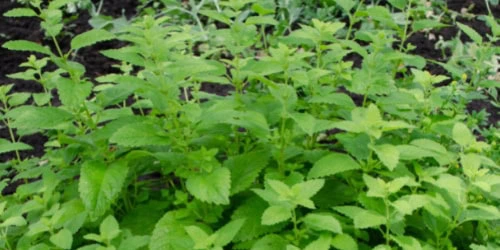
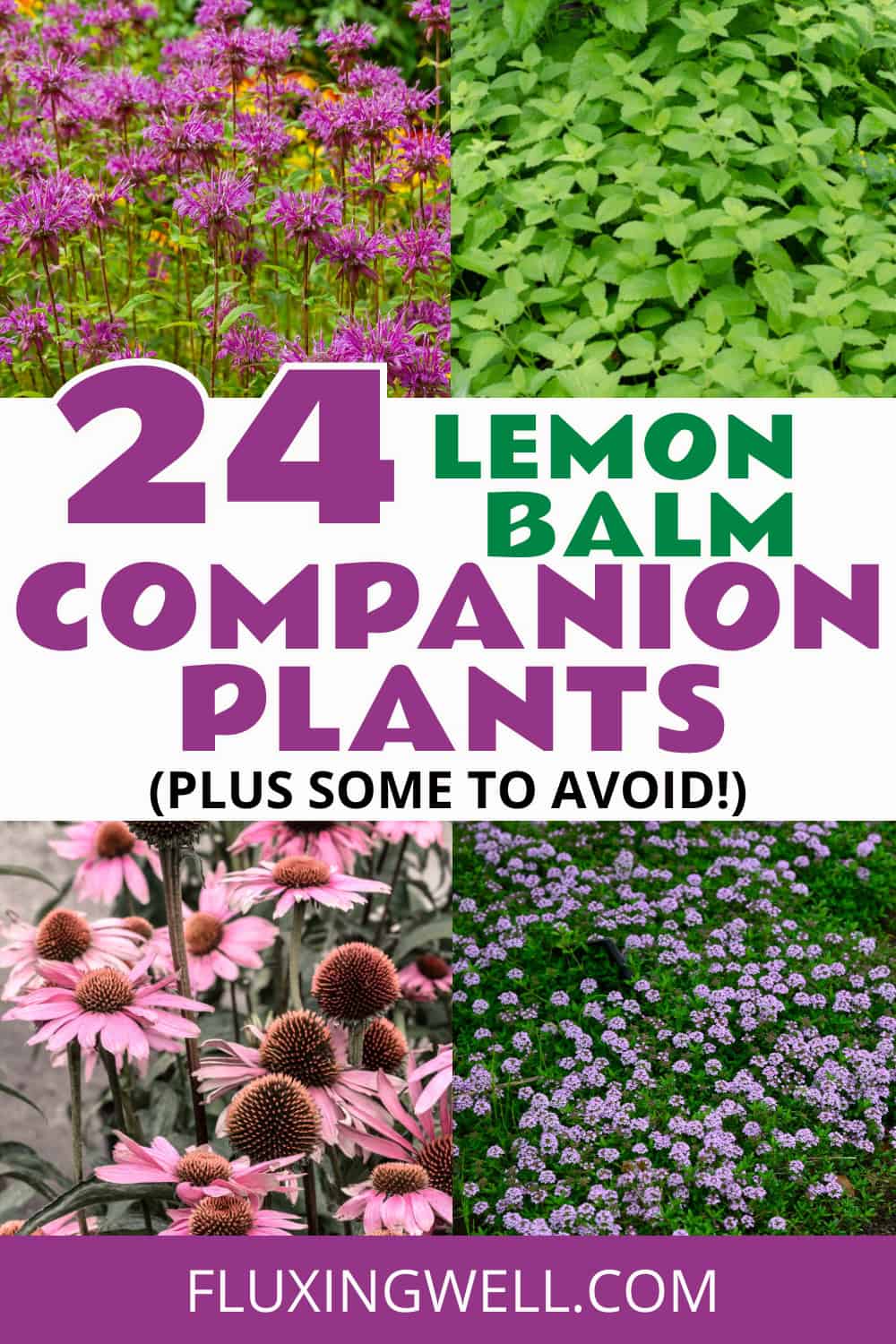
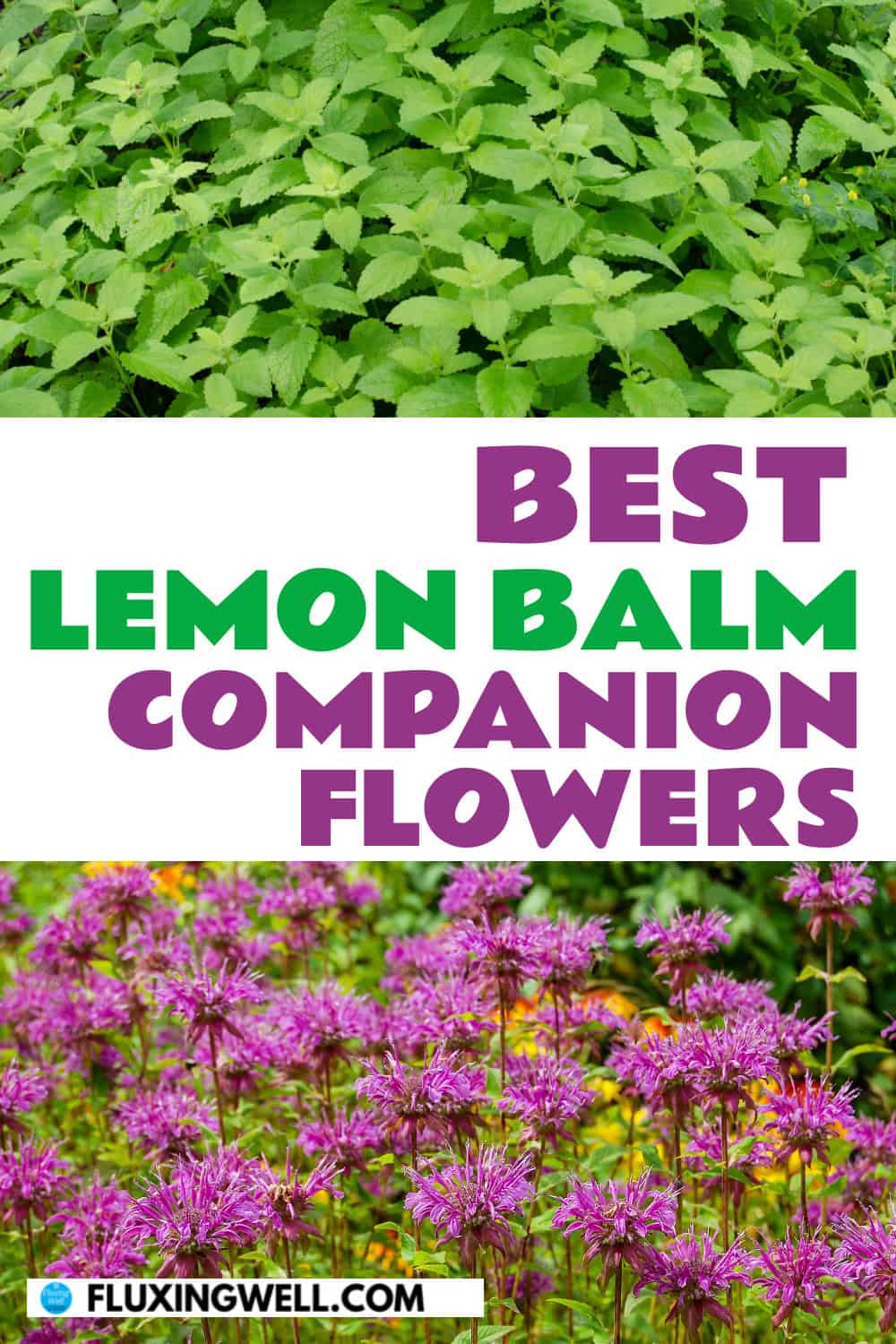
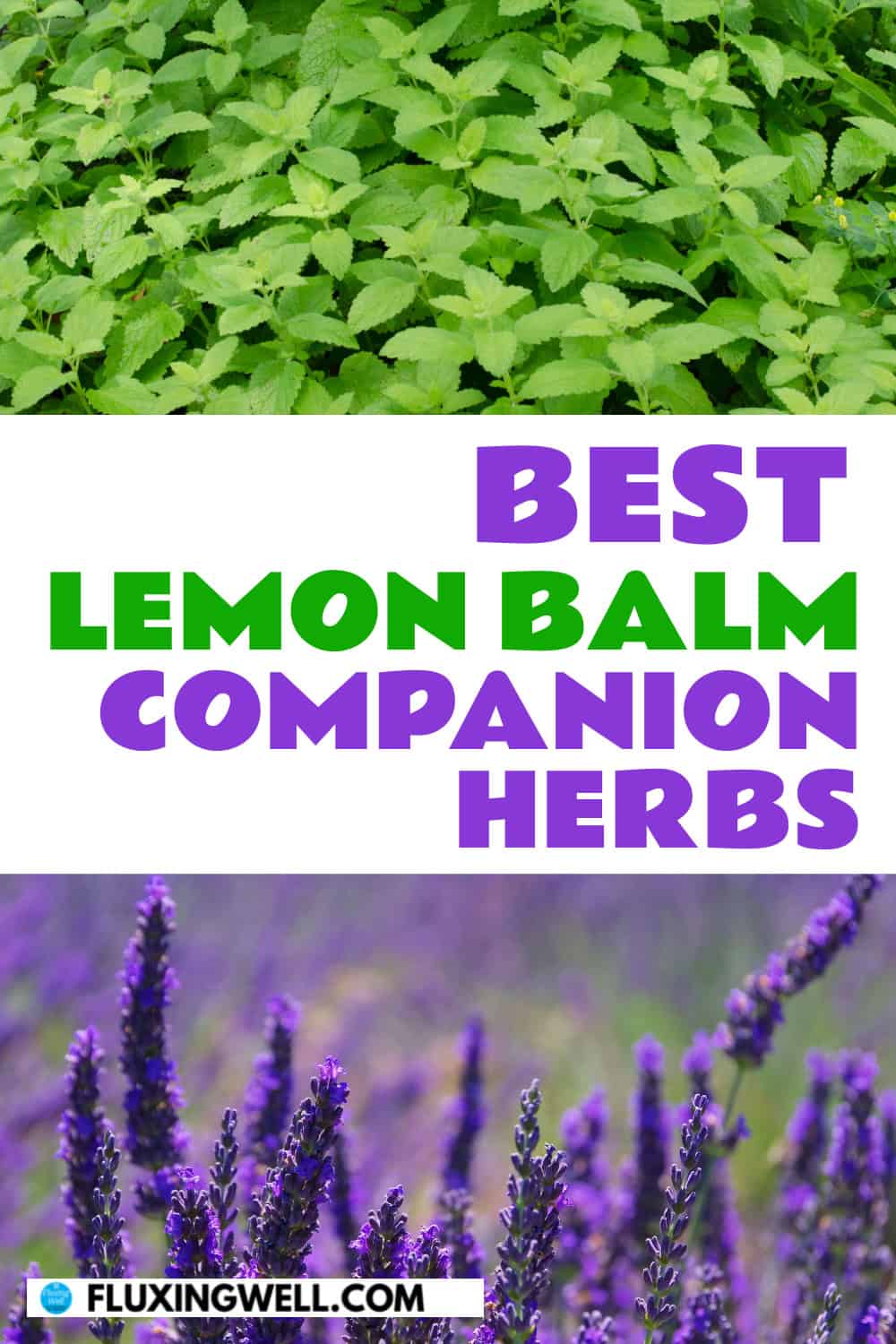
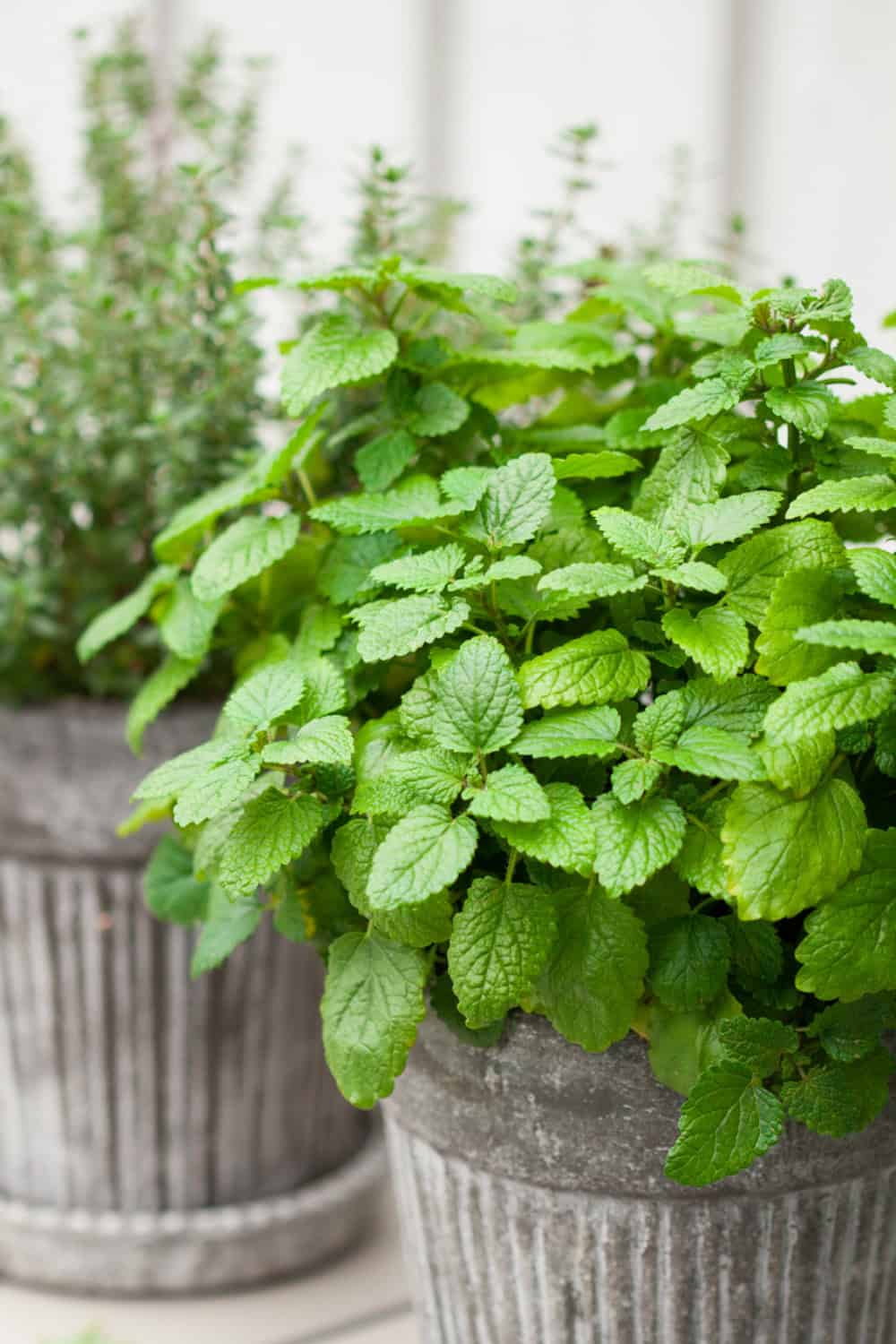
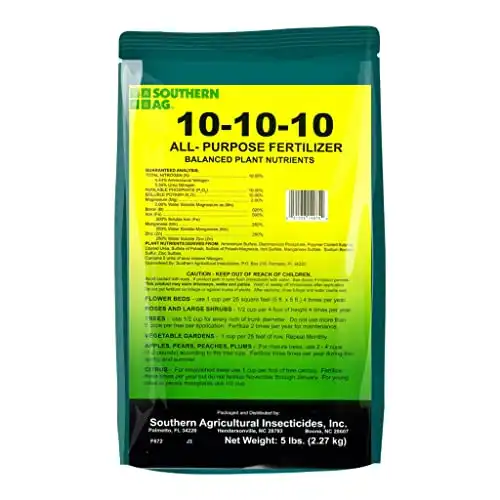
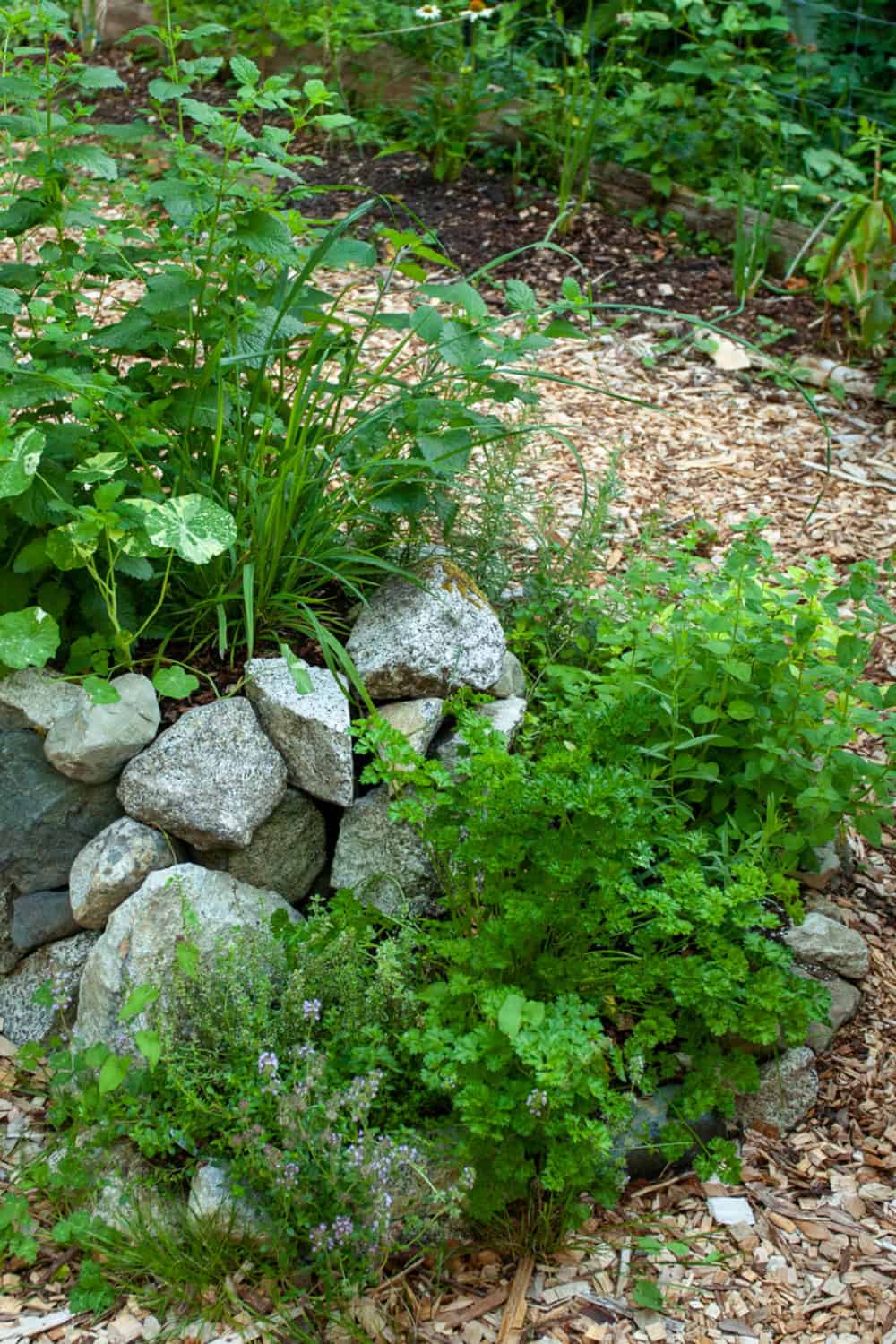
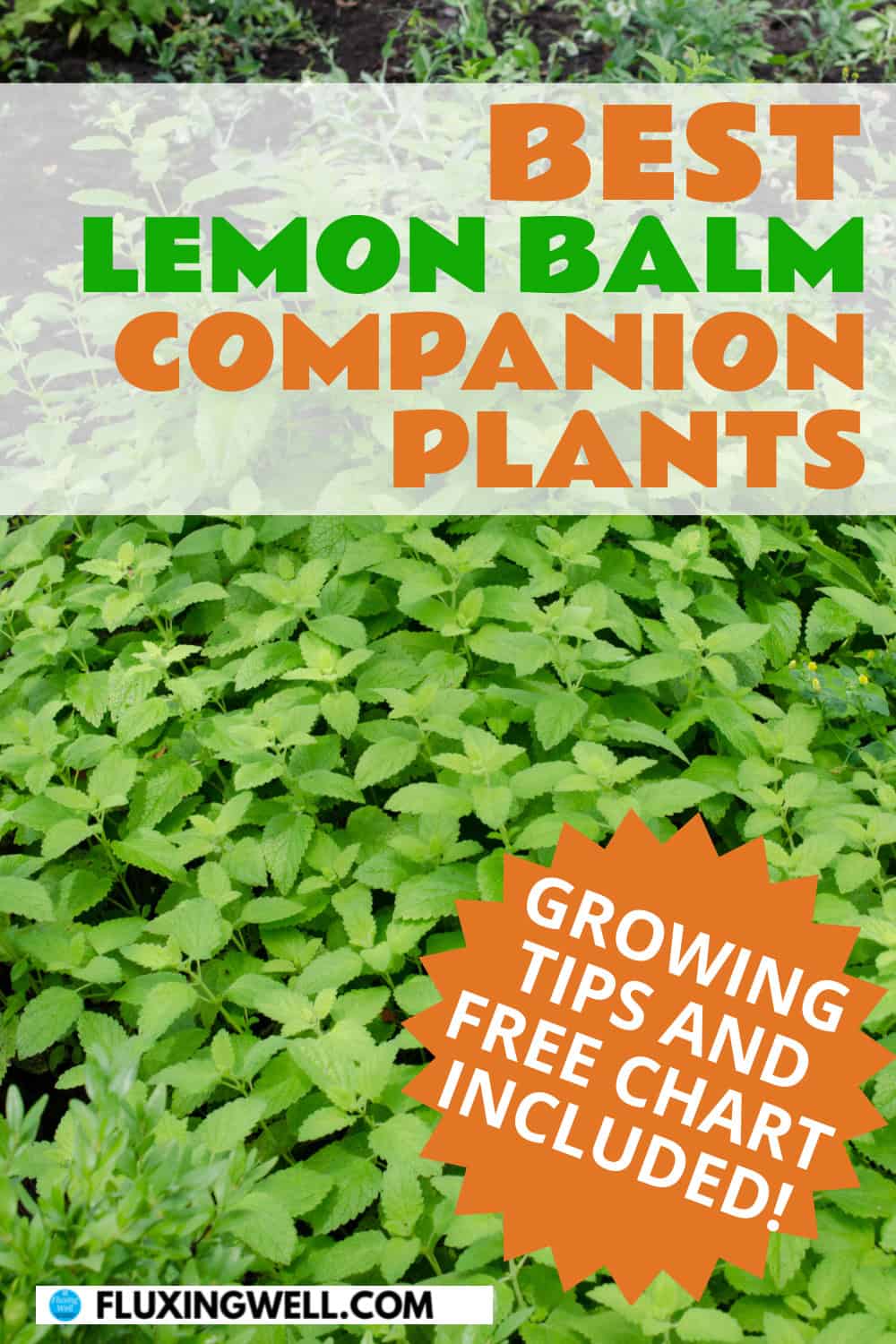
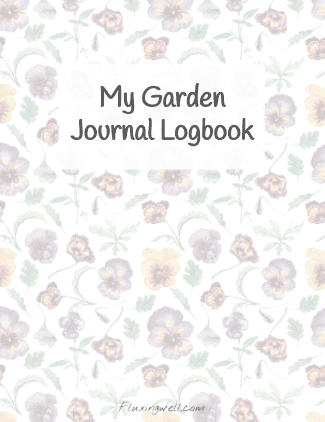

Thanks a lot for sharing about the lemon balm companion plants. It’ll be pretty useful for me when I start growing it in my garden.
Nice! I’m glad the lemon balm planting tips were useful.
Thank you for sharing these 24 lemon balm companion plants – plus some to avoid. I didn’t realize how versatile lemon balm was! Between its calming properties, stress relief, sleep, and digestion help – as well as repelling pests while attracting beneficial insects like bees to gardens. Sounds like the perfect addition to my backyard garden!
Lemon balm would be a wonderful addition to your backyard!
What a great post! Lemon balm is such a fantastic addition to any garden—not only does it smell wonderful, but it’s so versatile too. I love the idea of pairing it with marigolds and basil; those combinations can really enhance both growth and biodiversity. The mention of attracting pollinators is also crucial, as they play such an important role in our ecosystems. I’m excited to check out the free chart you mentioned for more pairing ideas! Thanks for sharing these insights!
You are most welcome! I hope you get to use these ideas to plant your own lemon balm.
Thanks for this great information about lemon balm companion plants! As always, it’s so thorough and well organized. I learned so much!
Thank you for your kind words. I’m glad you learned more about lemon balm and its companion plants.
I love the smell of lemon balm. Thank you for sharing this list of companion plants as I need to plant some more lemon balm this spring.
You are most welcome! I hope all of your lemon balm planting efforts meet with great success.